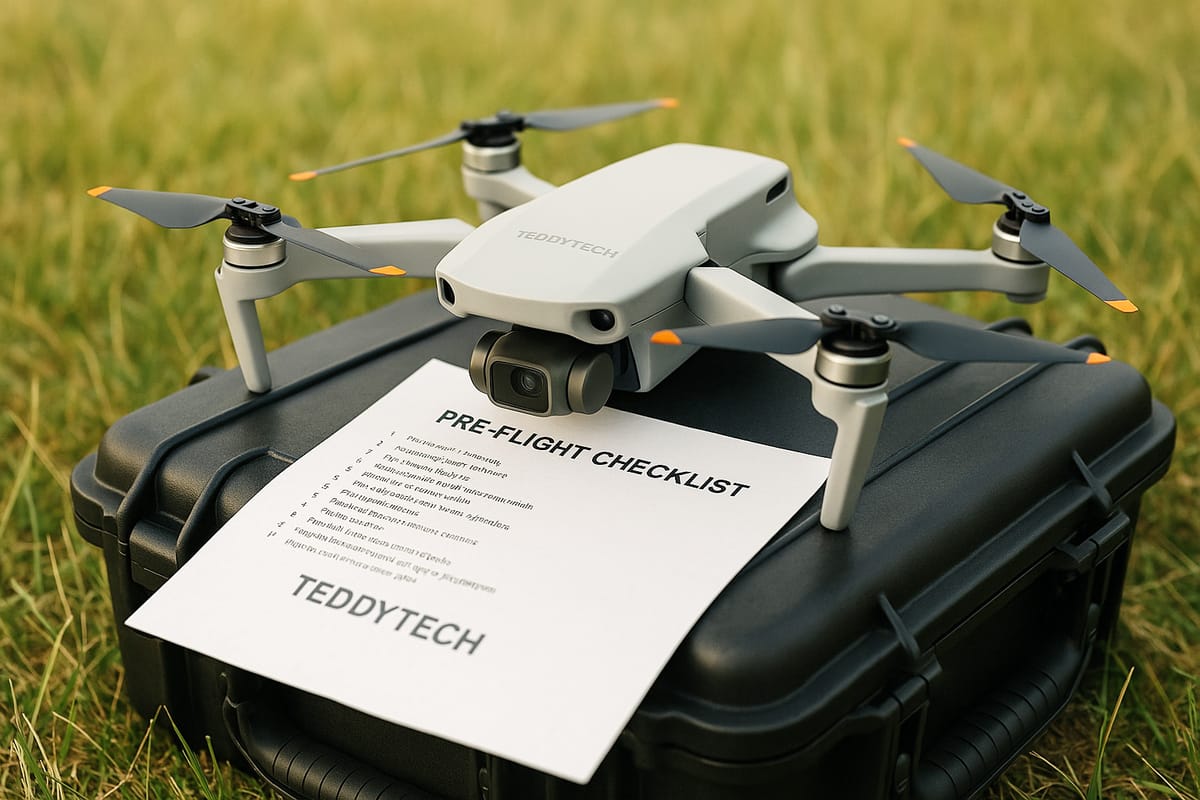
By: Teddy Nedelcu
Flying under the radar—literally—can keep you legal.
Understanding drone laws is essential whether you're a hobbyist or a pro. The golden threshold in most countries? 250 grams. Under this weight, drones are typically considered less dangerous in the event of a crash—like falling on someone’s head—and thus avoid many licensing or registration requirements. This limit reflects the minimal kinetic energy such drones can deliver should they fall out of the sky, making them low-risk by default.
Common Flight Restrictions Around the Globe
Most drone laws—regardless of country—share several key rules:
- Keep your distance from people and animals. Many jurisdictions require drones to remain at least 30 meters away from bystanders.
- Respect privacy. Filming without consent can land you in legal trouble, and the flavors of this rule varies wildly between countries.
- Stay below 400 feet (120 meters). This is the typical cutoff to prevent conflict with manned aircraft, which generally operate above this altitude.
- Avoid sensitive areas, such as:
- Airports and heliports
- Military bases and operations
- Government buildings
- Prisons and correctional facilities
- National parks and wildlife reserves
Every Country Has Its Quirks
While global drone guidelines have similar bones, the fine print varies. For example, Canada has distinct recreational and commercial operators' rules, while the EU harmonizes drone laws across member countries. To avoid fines or worse, check the exact laws before takeoff. A good resource for any destination is drone-laws.com.
For the travellers: keep an eye out for a future series dissecting drone rules country-by-country.
Lucian Nedelcu (Teddy), IT consultant
📧 teddyn@teddytech.net
📱 Signal (secure): @teddy.59
🔗 Linkedin: teddynedelcu
#Drones #Drone Regulations #Drone Safety #Drone Laws #Teddytech #Teddy #Aviation Rules #Photography #Videography
